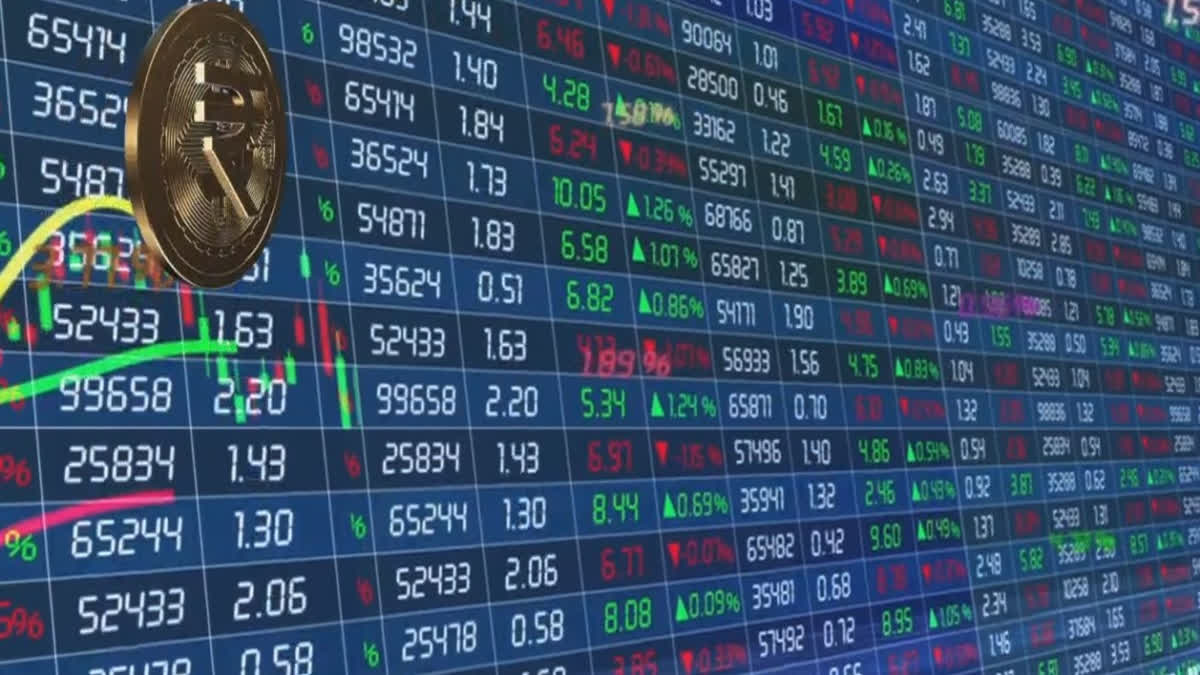Hyderabad: The government’s recently released Household Consumption Expenditure Survey (HCES) 2022-23. The survey is an important one, since several macroeconomic indicators, especially the Consumer Price Index depend on an estimation of the Monthly Per Capita Expenditure (MPCE) of households on various items.
The survey also informs us about the standard of living and relative well-being of different income groups and different social classes across rural and urban India. The survey is more robust in terms of its methodology compared to the previous rounds of surveys, which itself is not surprising, coming as it does after 11 years.
Thus, HCES 2022-23 contains 58 additional items, has used three separate questionnaires for collecting information on expenditure on food items, consumables and service items, and durable goods respectively (compared to a single questionnaire in the past), and has involved three visits for administering these three questionnaires per household over a quarter (compared to the earlier single visit per household). Moreover, data has been collected using a more stylized Computer Assisted Personal Interview method compared to the erstwhile manual pen-and paper interview method.
The data highlights several positive trends, as attested to by the Niti Aayog CEO, BVR Subrahmanyam, but continues to raise lingering questions. Take the case of the rural-urban inequality which shows a decreasing gap between the monthly per capita expenditure of rural and urban Indian households, dropping by nearly 20% from 90.8% between 2004-05 to 2022-23.
This 20% decline in rural-urban inequality in MPCE has been cited as a move towards greater economic equality. However, despite this “progress”, the rural-urban disparity remains substantial at a whopping 71.2% in 2022-23. To get a sense of the extent of inequality, urban households spend Rs. 6459 monthly on consumption, contrasting with rural households’ expenditure of Rs. 3773 per month.
This persistent gap actually underscores ongoing challenges in addressing economic disparities and ensuring equitable access to resources and opportunities across rural and urban areas. Further analysis is warranted on the part of policy makers to understand the underlying factors contributing to this gap and to formulate targeted interventions aimed at promoting inclusive economic growth and development.
Secondly, there has been a significant decline in the share of expenditure on cereals and food items in both rural and urban areas from 1999-2000 to 2022-23. The Niti Aayog CEO has again looked at this move as positive, which signals a transition towards a more prosperous lifestyle, suggesting that households have more disposable income to allocate to other goods and services.
In theory, such a decline in the expenditure on food does align with Engel’s law, which holds that as household income increases, the percentage of income spent on food decreases and more money goes to other goods and services. However, alongside this decrease in food expenditure, the survey data reveals a notable increase in spending on beverages and processed foods by both urban and rural households.
Thus, the share of expenditure on these items has risen by 4.29% in urban and 5.43% in rural Indian households over the specified period. This is even as households in both rural and urban areas have reduced their spends on nutritious proteins such as pulses and pulse products, milk and milk products, and vegetables.
This shift underscores changing consumption patterns and highlights the growing significance of processed foods and beverages in household expenditures, reflecting evolving dietary preferences and lifestyle choices.
The data also reveals a rise in the expenditure on pan, tobacco and intoxicants, both in the urban and rural households, especially between 2009-10 to 2022-23. Further analysis is needed to comprehend the marginal rise in spending within these categories and to identify potential contributing factors.
While households receive food and non-food items from the government which boost their overall consumption, it appears that the funds freed up are being directed towards unhealthy expenditures. This trend suggests that despite assistance in meeting basic needs, households are allocating additional resources towards purchases that may not contribute positively to their overall well-being.
Such expenditure patterns underscore the importance of promoting informed consumer choices and policies that support healthier lifestyles and consumption habits. The survey reveals significant increases in expenditure observed in the category of services and durable goods. Moving forward, it becomes imperative that policy makers monitor and address inflation related to services and durable goods more closely than in the case of food, as has been done historically.
The Niti Aayog CEO has also attributed the persistence of poverty in the 0-5 per cent income bracket to the persistence of poverty among impoverished individuals. In fact, the rural-urban disparity in consumption expenditure masks a significant and interesting observation. The gap between rural and urban expenditure varies significantly across different fractile classes.
Specifically, the disparity between rural and urban expenditure for the lowest fractile class (0-5%) is only Rs. 628, whereas it jumps to Rs. 10,323 for the upper end of the 95-100% fractile classes. This disparity highlights the uneven distribution of resources and underscores the need for targeted interventions to address socioeconomic inequalities across different segments of the population.
Indeed, the survey unveils some positive trends, however it equally raises concerns regarding the effective use of policy going forward.


